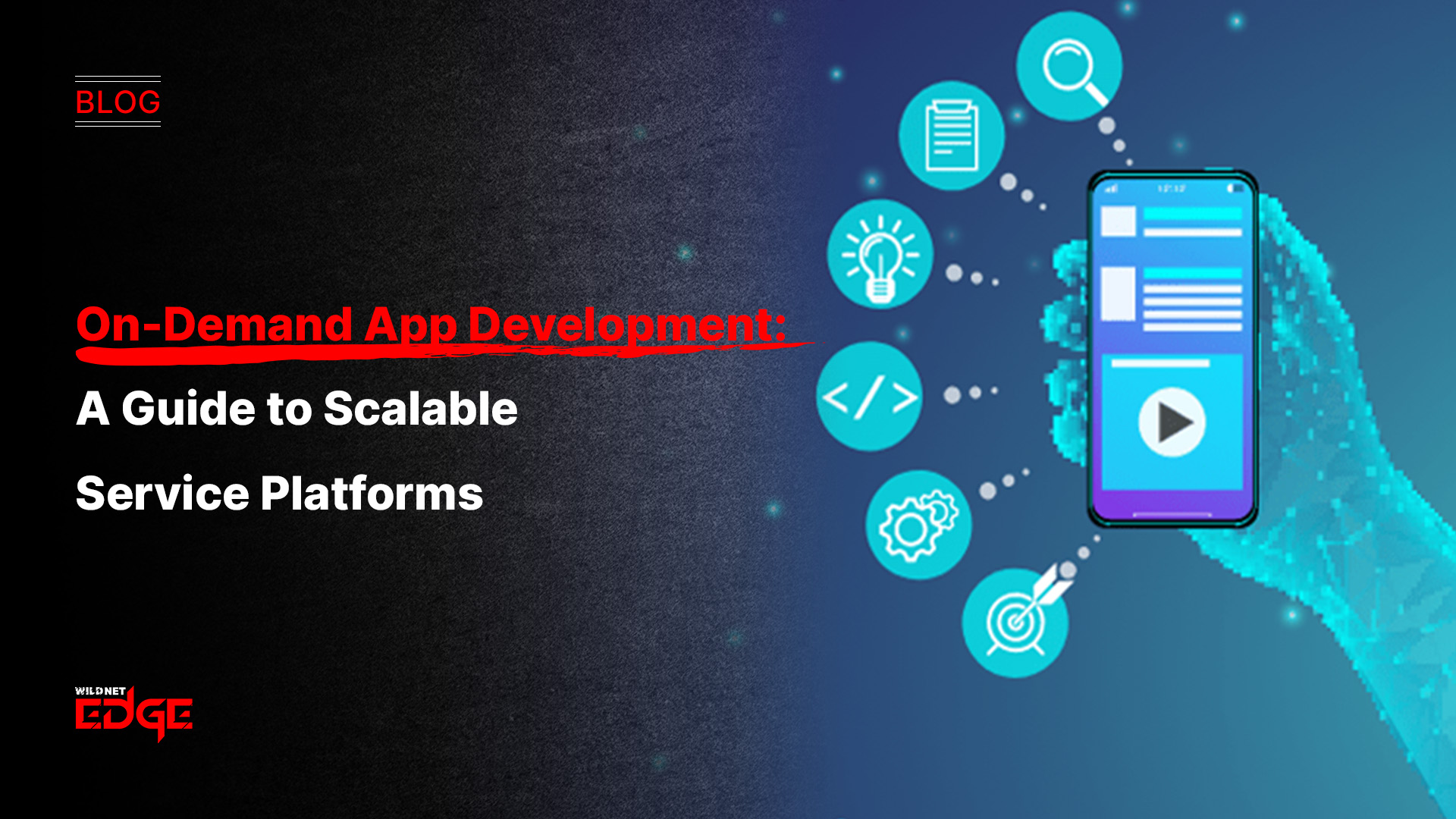TL;DR
This article provides a strategic guide for tracking the most critical app launch metrics after a new application goes live. It explains that “downloads” is a vanity metric and that true success is measured through a balanced scorecard. The guide details key categories of metrics, including user acquisition KPIs, activation and engagement metrics like retention rate and DAU/MAU, crucial app performance KPIs, and monetization metrics. It stresses that analyzing these app launch metrics is essential for making data-driven decisions, iterating effectively, and proving product-market fit.
Launching an app is just the beginning; the real success lies in what happens after. App launch metrics are the compass that tells you whether your app is on the right track. These metrics, like user acquisition cost, retention rate, and engagement, help you understand how users respond, where they drop off, and what’s driving growth. Without tracking them, you’re flying blind, guessing instead of optimizing. By focusing on the right app launch metrics early, businesses can make data-driven decisions, refine their product strategy, and ensure their app doesn’t just launch but thrives in the market.
Why “Downloads” Is the Ultimate Vanity Metric
The majority of first-time entrepreneurs are very fixated on one figure, that is, total downloads. The number going up is very exciting, still, by itself, it is simply a “vanity metric.” It is impressive, yet it does not give any real insight into the business. The first million downloads are worthless if 99% of the users have opened the app only once and never come back again. This is the “leaky bucket” problem, and it is one of the reasons why many promising apps fail.
The only way to know for sure the real state of your product is to look at a balanced scorecard of app launch metrics. It lets you go past the guessing game and make data-driven decisions to enhance your app, streamline your marketing, and develop a business that is profitable in the long run.
Acquisition Metrics: Understanding Your User Acquisition
This category of app launch metrics answers the question: “How are we getting users, and what does it cost?” Effective user acquisition is the first step in the funnel.
- Install Source & Channel Performance: Identify your user sources. Are they coming from an organic App Store search, a paid advertising campaign on Meta, a review blog link, or social media? Monitoring this indicates which mobile app user acquisition channels are effective, thus allowing you to invest more in them.
- Cost Per Install: This is the mean money you lay out to have one user install your app. It is a major factor in determining your ad budget.
- Customer Acquisition Cost: This is the prime acquisition metric. It tells how much (marketing, sales) in total is needed to get one paying customer. Understanding your CAC is vital for developing a profitable business model.
Engagement Metrics: The Key to Product-Market Fit
This category is where you find your most crucial app launch metrics. It answers the question: “Are users actually using the app and finding value in it?”
- Activation Rate: This is the rate of users who do a specific ‘key action’ in the first session, which indicates that they have comprehended the value of the app (e.g., finishing onboarding, making their first post, or adding an item to favorites). If the activation rate is low, it implies that the onboarding process or UI/UX is not working.
- DAU/MAU (Daily/Monthly Active Users): This ratio, also known as the “stickiness factor,” indicates the number of users that month who regularly engage with the app daily. A high DAU/MAU ratio means your app is on the way to becoming a daily habit.
- Session Length & Frequency: Users’ time in the app per session and frequency of return are the two aspects of this metric. This gives you insight into how deeply users are engaged.
- Retention Rate: This engagement metric is considered the highest. The retention rate is the percentage of users that return to your app after a specific number of days (e.g., Day 1, Day 7, Day 30) that is being measured. High retention is the clearest indicator of product-market match. On the contrary, low retention indicates the presence of a “leaky bucket” which requires new features or better mobile app development services to fix.
Monetization Metrics: Tracking Your Revenue
This category answers the final, critical question: “Is the app making money?” These app launch metrics are essential for proving your business model.
- Conversion Rate: The percentage of users who take a revenue-generating action. This could be converting from a free trial to a paid subscription, making an in-app purchase, or clicking on an ad.
- Average Revenue Per User: A simple metric calculated by dividing your total revenue over a period by your total number of users in that period.
- Customer Lifetime Value: This is a predictive metric that estimates the total revenue you can expect to earn from a single customer over the entire time they use your app. For a sustainable business, your LTV must be significantly higher than your Customer Acquisition Cost (CAC).
App Performance KPIs: Is Your App Stable?
This technical category answers the question: “Is the app working well, or is it frustrating users?” Poor technical performance will destroy your retention, no matter how good your features are.
- Crash Rate: How often your app crashes per session or per user. This is one of the most critical app performance KPIs. A high crash rate leads to uninstalls and bad reviews.
- App Load Time: How long it takes for your app to open and become usable. Anything more than a few seconds will test user patience.
- API Latency: How long it takes for your app to fetch or send data from its backend server. Slow API responses make the app feel sluggish, which users perceive as a low-quality experience.
- App Store Ratings & Reviews: While qualitative, this is a crucial feedback loop. Negative reviews often point directly to poor app performance KPIs or major usability flaws.
App Launch Metrics in Action: Case Studies
Case Study 1: The Social App with the Leaky Bucket
- The Challenge: A new social app spent $100,000 on a mobile app user acquisition campaign and got 150,000 downloads in its first month. The team was celebrating, but their MAU was only 5,000.
- The Analysis: Their core app launch metrics were terrible. They had a high CPI but a D7 retention rate of only 2%. Digging into the activation rate, they found 80% of users dropped off during their confusing 5-step onboarding process.
- The Solution: They paused all marketing, went back to development, and completely redesigned their onboarding, reducing it to a single, simple step.
- The Result: The new activation rate jumped to 70%, and their D7 retention climbed to 25%. They had successfully plugged the leak by focusing on the right app launch metrics.
Case Study 2: The eCommerce App’s Performance Lag
- The Challenge: An eCommerce app had decent user acquisition but a very low conversion rate. User reviews were filled with complaints about the app being “slow” and “buggy.”
- The Analysis: They focused on their app performance KPIs. They discovered their crash rate on older Android devices was over 10%, and their average API latency for loading product images was 3.5 seconds.
- The Solution: The team prioritized stability. They fixed the memory leak causing the crashes and implemented an image optimization CDN to reduce load times.
- The Result: The crash rate dropped to 0.1%. Average load times fell to under 1 second. Within a month, their app store rating climbed a full star, and their conversion rate doubled.
Our Technology Stack for App Analytics
Tracking your app launch metrics requires the right tools.
- Product Analytics: Mixpanel, Amplitude, Heap
- Performance Monitoring: Firebase Crashlytics, Datadog, Sentry, New Relic
- Attribution: AppsFlyer, Adjust
- User Feedback: Instabug, UserTesting.com
Conclusion
Your app launch metrics are the compass for your business. Relying on downloads alone is a path to failure, while tracking your retention rate and app performance KPIs provides an accurate, holistic view of your product’s health and fit with the market. These metrics are the foundation of app-driven growth.
Ready to build an app that’s not just launched, but truly optimized for success? At Wildnet Edge, our AI-first approach enhances our work as a Hybrid App Development Company, embedding deep analytics to ensure you build products that win.
FAQs
The most important metric is Day 7 or Day 30 retention rate. This metric proves that users found enough value in your core offering to come back after the initial novelty wore off. It’s the strongest indicator of product-market fit.
To measure CAC accurately, you must sum all your sales and marketing costs (ad spend, team salaries, tool subscriptions) for a specific period and divide that by the number of new paying customers acquired in that period.
DAU measures the number of unique users who engage with your app in a single day. MAU measures the unique users over a 30-day period. The DAU/MAU ratio shows “stickiness.” A high ratio means a large portion of your monthly users are engaged daily.
Immediately. You should have your analytics and performance monitoring tools (like Firebase, Mixpanel) integrated and tested before you launch. The data from your first few hours and days is critical for identifying any immediate, catastrophic issues.
This varies widely by app category (e.g., games vs. finance). However, a general benchmark to aim for might be around 25-35% for Day 1, 10-15% for Day 7, and 5-8% for Day 30. Top-tier apps perform much better.
If your app isn’t monetized directly, your “monetization” is often tied to a broader business goal. Your key metrics might be “lead generation” (e.g., demo requests submitted), “brand engagement” (e.g., content shares), or “cost savings” (e.g., support ticket deflection).
This requires using a mobile measurement partner or attribution platform like AppsFlyer or Adjust. These tools integrate with ad networks to track which specific ad click (on which platform) led to an install, allowing you to accurately measure the CPI and ROI of each campaign.

Nitin Agarwal is a veteran in custom software development. He is fascinated by how software can turn ideas into real-world solutions. With extensive experience designing scalable and efficient systems, he focuses on creating software that delivers tangible results. Nitin enjoys exploring emerging technologies, taking on challenging projects, and mentoring teams to bring ideas to life. He believes that good software is not just about code; it’s about understanding problems and creating value for users. For him, great software combines thoughtful design, clever engineering, and a clear understanding of the problems it’s meant to solve.
 sales@wildnetedge.com
sales@wildnetedge.com +1 (212) 901 8616
+1 (212) 901 8616 +1 (437) 225-7733
+1 (437) 225-7733































